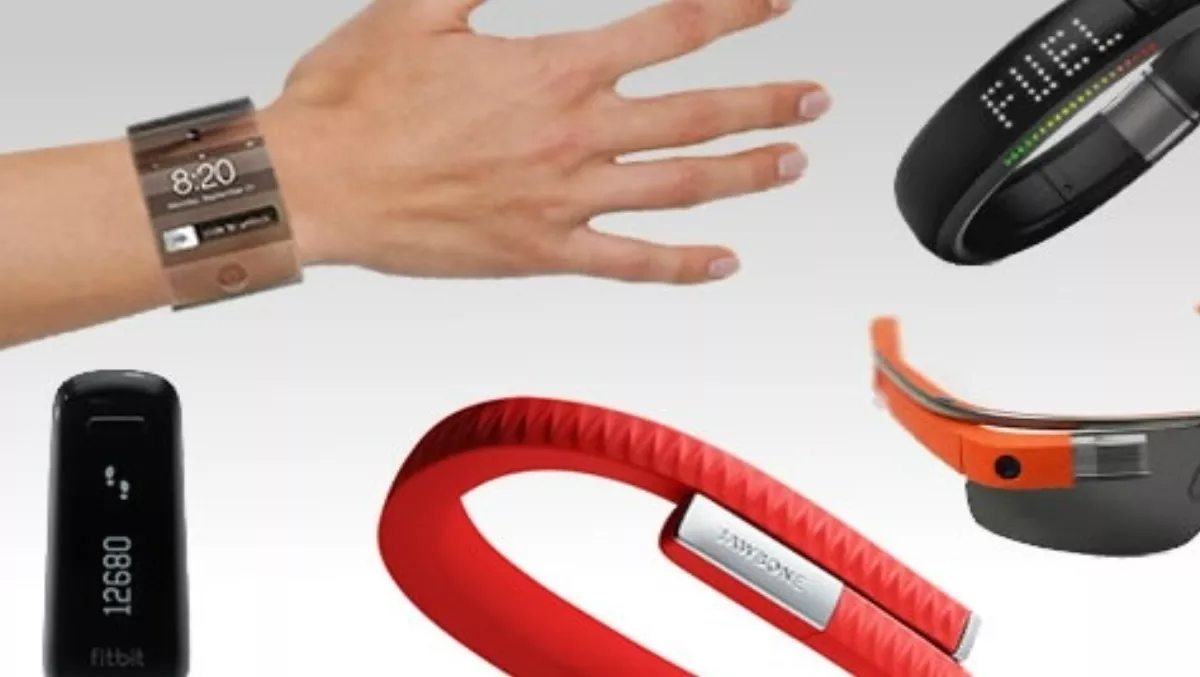
Retailers: Make wearables work for you
Wearables offer a number of advantages to retailers, enabling greater customer service and engagement with a target audience. However, they also raise privacy and security risks.
According to a Wearable Technology Report, the wearable electronics business will grow from $20 billion in 2015 to almost $70 billion by 2025.
The range of available wearable device now includes apparel, glasses, jewellery, headgear, belts, fitness bands, wristwear and more, and with the recent release of the Apple Watch, wearables are more in the limelight than ever before.
In a PwC survey respondents said one of the most important deliverables of wearable technology is that they can greatly contribute to an enhanced retail experience.
Of those surveyed, 72% said they'd like wearable technology to improve customer service, and 50% said they would be interested in wearable specific apps as a reward for frequent use.
Omni-channel retail experiences that include wearable technologies are becoming more common. They can enable consumers to gain real-time data from social media, and also review sites and other information sources while shopping.
Wearables can also serve as an additional way for retailers to gather data about consumer spending and shopping habits, and provide increased payment capabilities for a more efficient shopping experience.
However, in the same PwC survey, 86% of participants expressed a fear that wearables would make users vulnerable to security breaches.
Wearable endpoints hold sensitive company information and therefore retailers must consider security implications of this technology.
Data accessed by wearable devices can be protected against unauthorised third parties and SSL certificates can be used for encryption to safeguard materials from being stolen by a third party.
Access to sensitive data should be limited to a select group of people, or only to parties with authorised devices, and retailers should also gauge the security of back-end systems to which data is being uploaded.
Users can do their part to secure data and should be encouraged to protect their individual accounts with login authentication and strong passwords.
Regardless of how employees are connecting with business or personal profiles - from their smartphones, laptops or smartwatches - they can verify their identity and prevent unauthorised access.
Wearable technology fulfils the consumer expectation for instant gratification and can bring many advantages to retailers, but it is important to acknowledge the security risks and be prepared.


